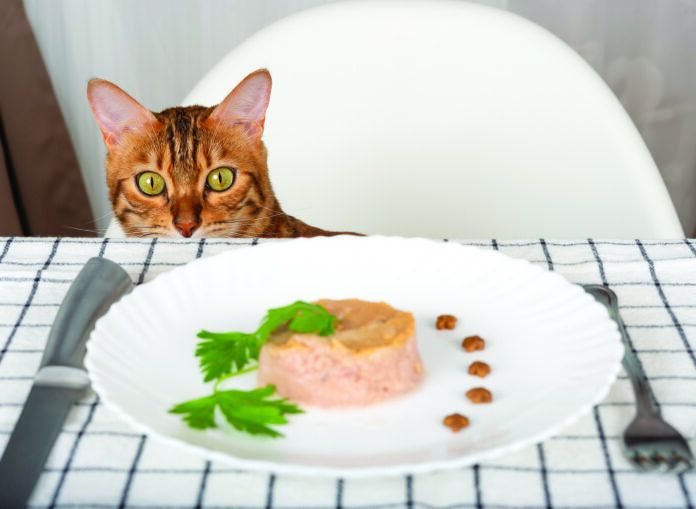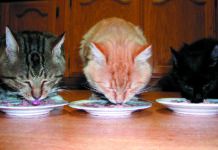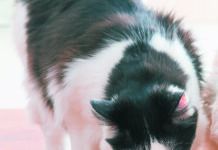Pound for pound, cat food is typically more expensive than dog food because it tends to contain higher amounts of protein and fat — ingredients that cost more. Fortunately, because cats are often much smaller than dogs, the added expense on a per-pound basis shouldn’t translate to undue strain on your pet food budget. In fact, dry cat food (which many cats actually prefer to more expensive wet food) costs less than a dollar a day for a 10-pound cat. Depending on the brand, it can even cost less than 25 cents a day, or a super budget-friendly $86 a year, according to an informal survey of various cat food options conducted by board-certified veterinary nutritionist Cailin Heinze, VMD. (For more on that survey, head to the Tufts petfoodology site — petfoodology.org — and click on Dr. Heinze’s blog entitled “Comparing kitty’s calorie costs.”)
Why, then, do some people pay much more for their cat’s food — hundreds or even thousands of dollars a year? Frequently, they have fallen under the spell of “premiumization.”
Premiumization is a marketing term that was first used in the alcohol industry but has since spread to clothing, health and beauty aids, human foods, and now pet foods. It speaks to ways in which manufacturers present their products as having more value than they actually do and thereby get away with charging more. It can be something about the packaging, the ingredients, or the wording on the label, and it comes with a marketing placebo effect. When people pay more, they may then tell themselves the product is better than a similar item that is less expensive, in effect doing some of the manufacturer’s work by “selling” the item to themselves. In the case of cat food, Dr. Heinze says that many pet owners who feed more expensive diets report improved health in their animals.
It’s an effective ploy. In 2001, sales of premium pet food totaled $5.7 billion and accounted for 44 percent of the pet food market. By 2015, premium pet food ratcheted up $14.5 billion in sales and accounted for 61 percent of the market.
Don’t fall for the hype
It’s not marketing bursts on the label that will tell you whether a food is a healthful choice for your cat. It’s the Statement of Nutritional Adequacy, printed in very small type. It will let you know whether a cat food meets the standards of the Association of American Feed Control officials for maintenance (adult cats), kittens and lactating mothers, or all life stages.
Of course, if you have been feeding your cat relatively expensive wet food, she enjoys it, and you can comfortably afford it, there’s nothing wrong with that as long as the food is complete and balanced. Just know that the health value of a food is not in its price.




My two kittens have Purina Proplan dry food with Fruitibles treats and dental chewing treats with fresh water everyday. It is true that it is budget friendly. They have sensitive GI so pumpkins in Fruitibles might be beneficial to them. These are ordinary cat food and they work well. I have come across a pack of 24 3oz. cat wet food which costs $80 USD on Amazon. Amazon even highlights it. That is completely too expensive. Besides it might sound interesting. Some brands adopt German or look like German names for their exorbitant food. They aren’t authentic German brands. I wonder why.